Artificial Intelligence (AI) is revolutionizing the art world by introducing groundbreaking innovations that are transforming how art is created, experienced, and valued. These advancements are not only expanding artistic possibilities but are also reshaping the relationship between technology and creativity.
What Are the Innovations in AI in Art?
AI-driven innovations in art combine computational power, machine learning, and creative algorithms to produce entirely new forms of artistic expression. From generating hyper-realistic images to enabling interactive installations, AI is pushing the boundaries of what is possible in the creative field.
Key Innovations in AI and Art
AI Art Generators
One of the most significant breakthroughs is the development of advanced AI art generators like DALL·E, Midjourney, and Stable Diffusion. These tools can transform simple text prompts into detailed, high-quality images within seconds, allowing artists to rapidly prototype ideas and explore new visual styles.
Generative Adversarial Networks (GANs)
GANs have introduced a new era of AI-generated art. These networks pit two AI systems against each other to create realistic and complex artworks. GANs can produce everything from surreal portraits to lifelike landscapes, giving rise to a new genre of generative art.
AI-Driven Music and Sound Art
AI is also making strides in music composition and sound design. Tools like AIVA and Amper Music can compose original music, generating melodies and harmonies that align with an artist’s chosen mood or theme. This innovation is reshaping both the music industry and multimedia art projects.
Interactive Installations and AI-Powered Experiences
Innovative artists are using AI to create interactive installations that respond to audience movements, sounds, or emotions in real time. These immersive experiences blur the line between creator and viewer, making the audience an active participant in the artwork.
AI-Powered Restoration and Reconstruction
AI is enabling the restoration of damaged or incomplete artworks by intelligently predicting and reconstructing missing sections. This not only helps preserve cultural heritage but also provides deeper insights into historical art pieces.
Algorithmic Curation
AI is now being used by galleries, museums, and digital platforms to curate art collections. AI can analyze viewing patterns, predict audience preferences, and suggest artworks that resonate with specific groups, revolutionizing how art is displayed and discovered.
Personalized Art Creation
AI algorithms can now generate personalized art based on individual user data, preferences, or even emotional states. This innovation allows for truly custom art experiences that are unique to each viewer or collector.
Considerations with AI Innovations in Art
While these innovations open exciting creative pathways, they also require careful consideration:
- Ethical Use: Artists and technologists must ensure that AI-generated art does not infringe on intellectual property or cultural sensitivities.
- Transparency: Clearly communicating the role AI played in the creative process is essential for authenticity and trust.
- Human-AI Balance: Even with advanced tools, human intuition, emotion, and critical thought remain at the heart of meaningful art.
Conclusion
Innovations in AI are unlocking extraordinary opportunities for artists to explore new creative dimensions. From AI-generated visuals to personalized experiences and interactive installations, the art world is rapidly evolving. Embracing these technologies with ethical responsibility and a respect for human creativity will be key to shaping the future of art in the age of AI.


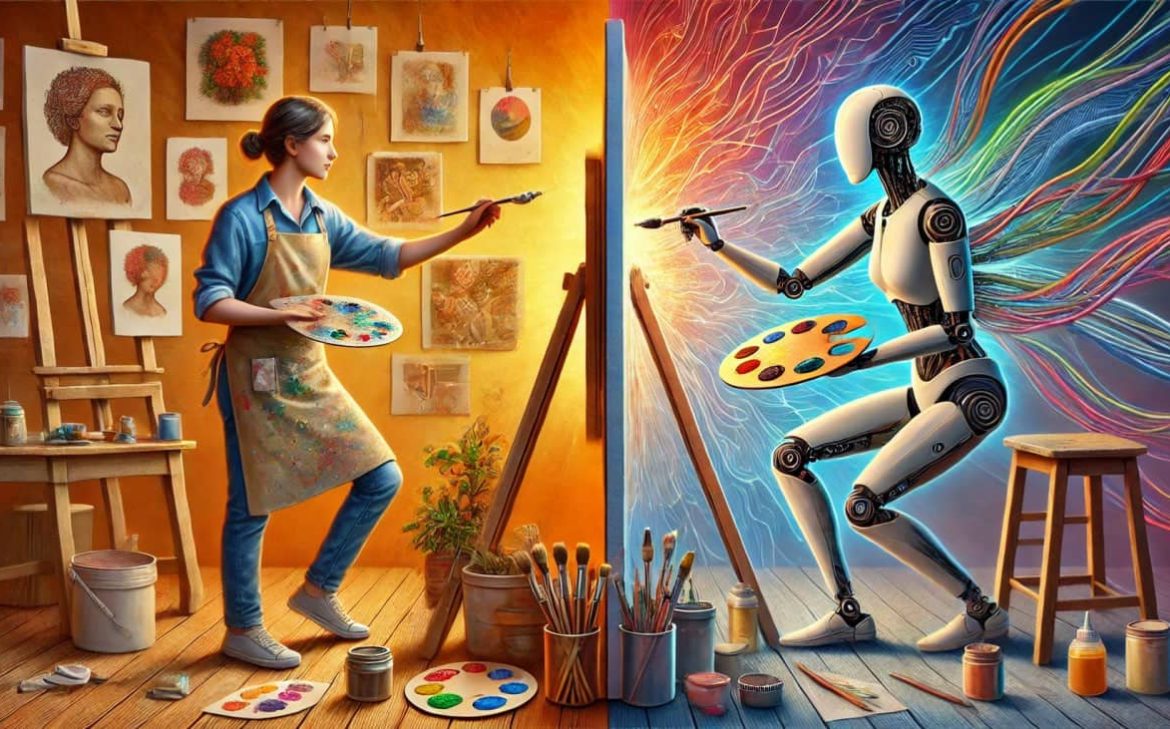
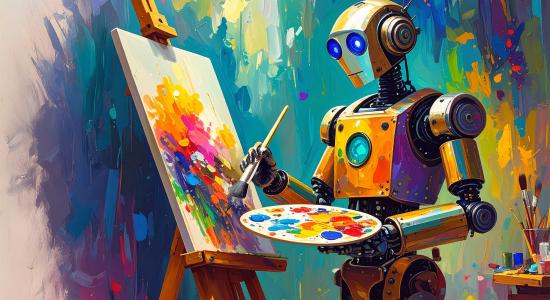
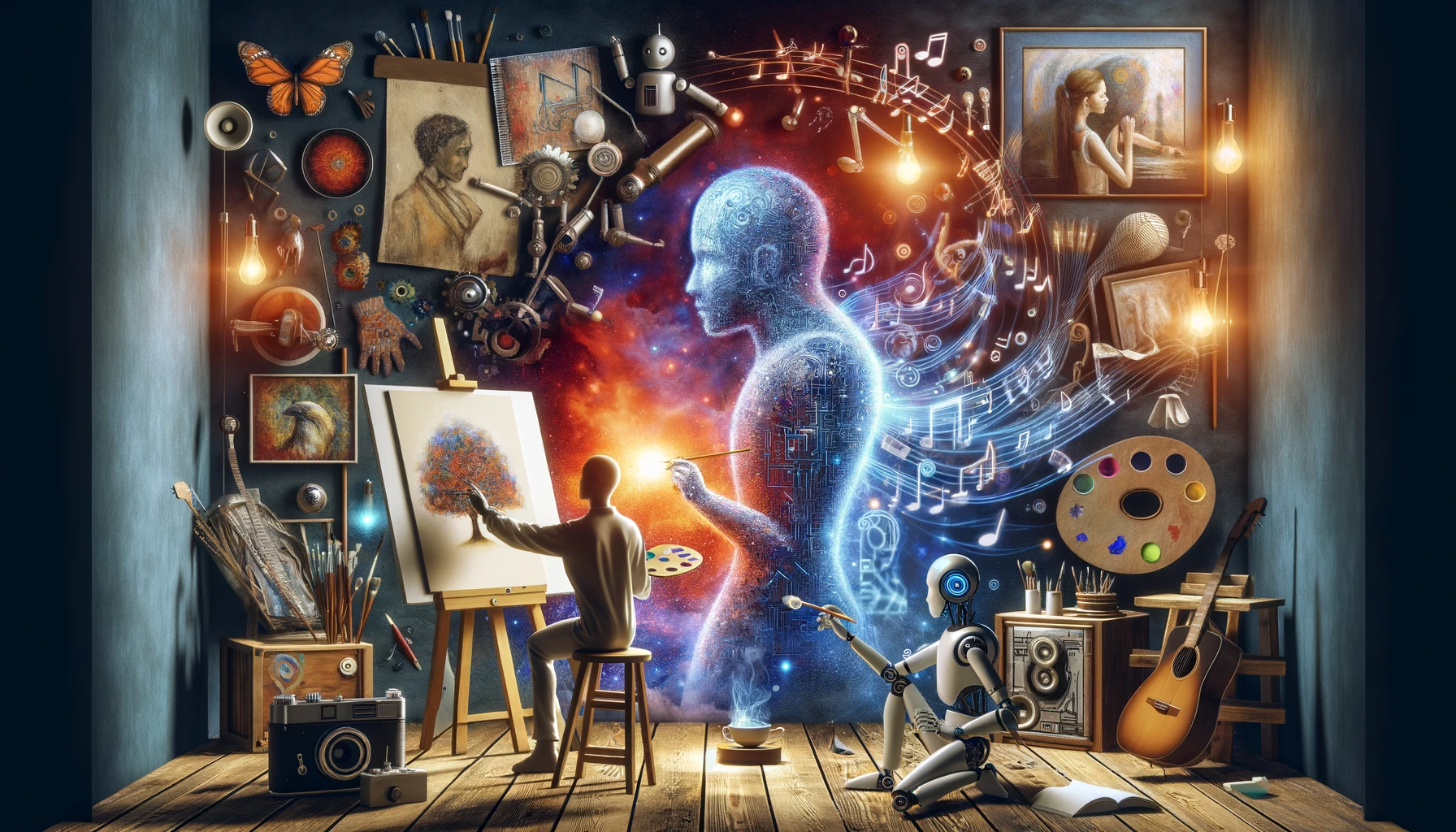
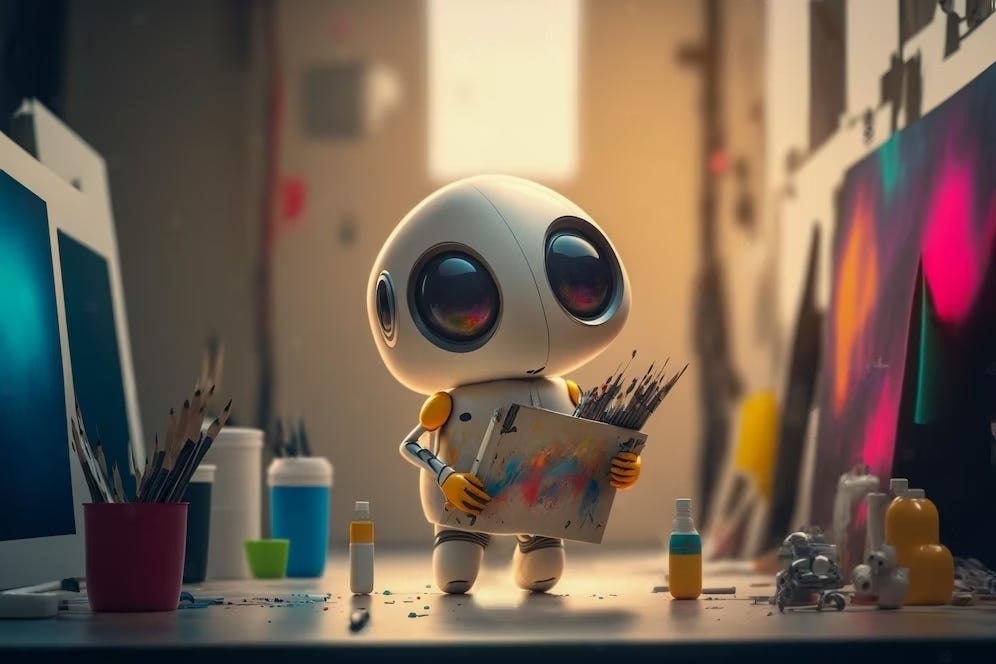
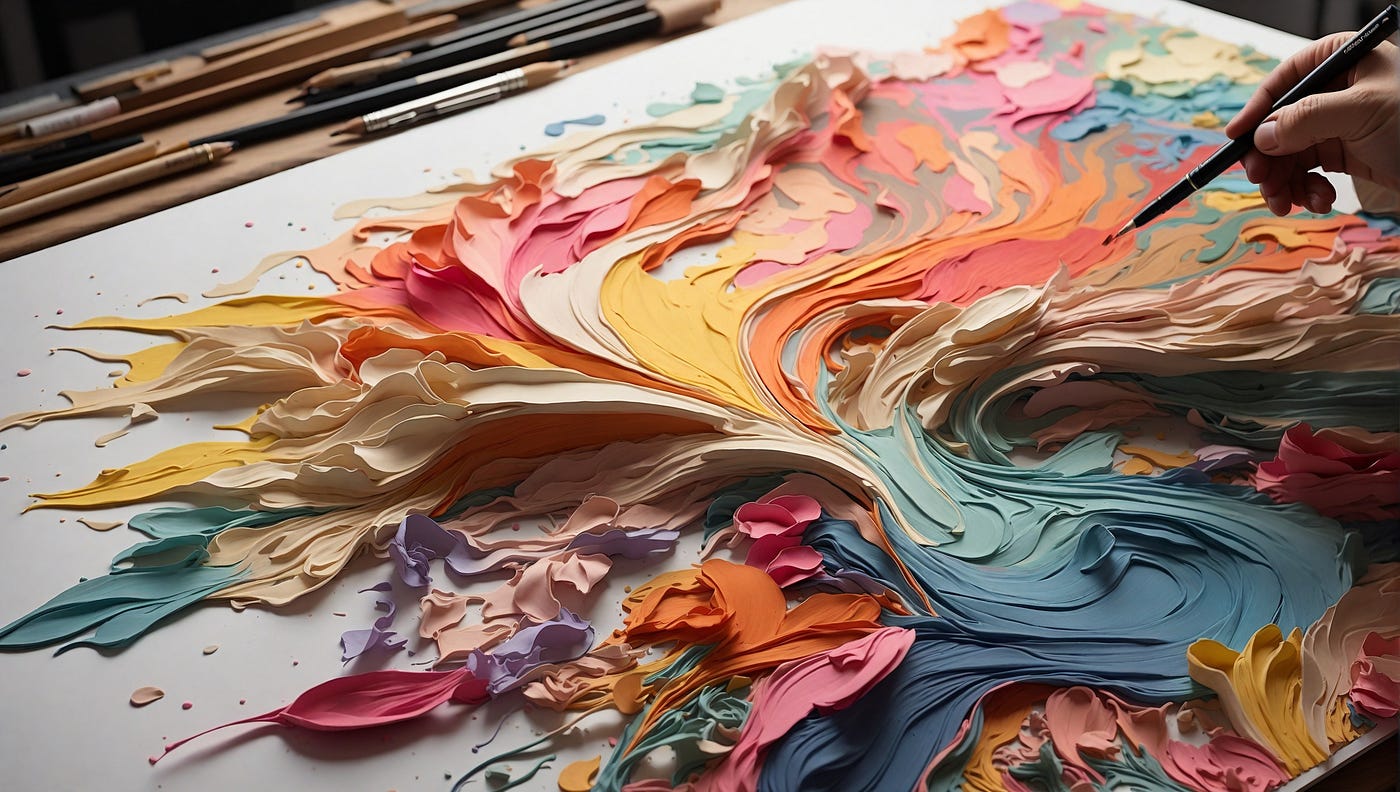
Leave feedback about this